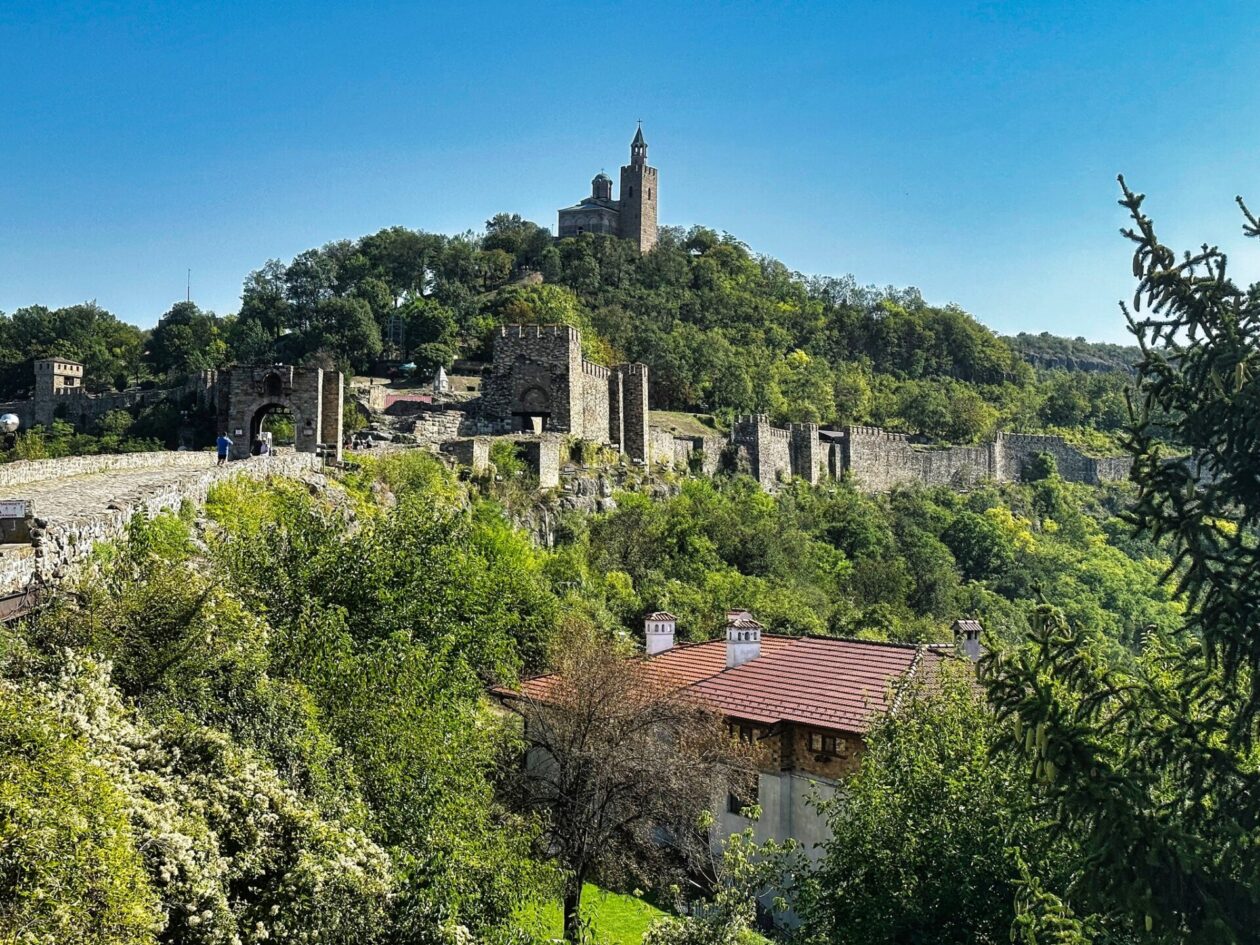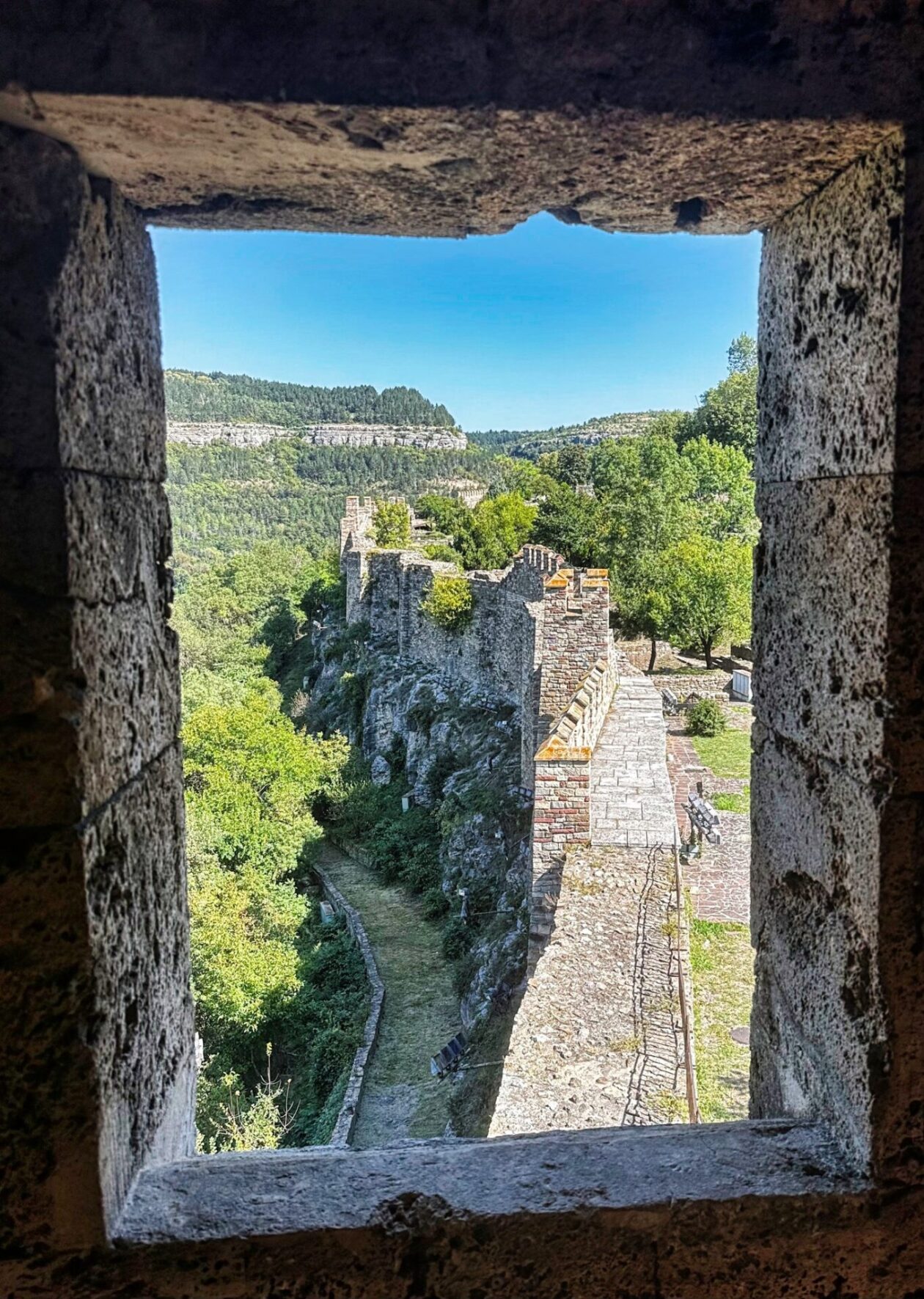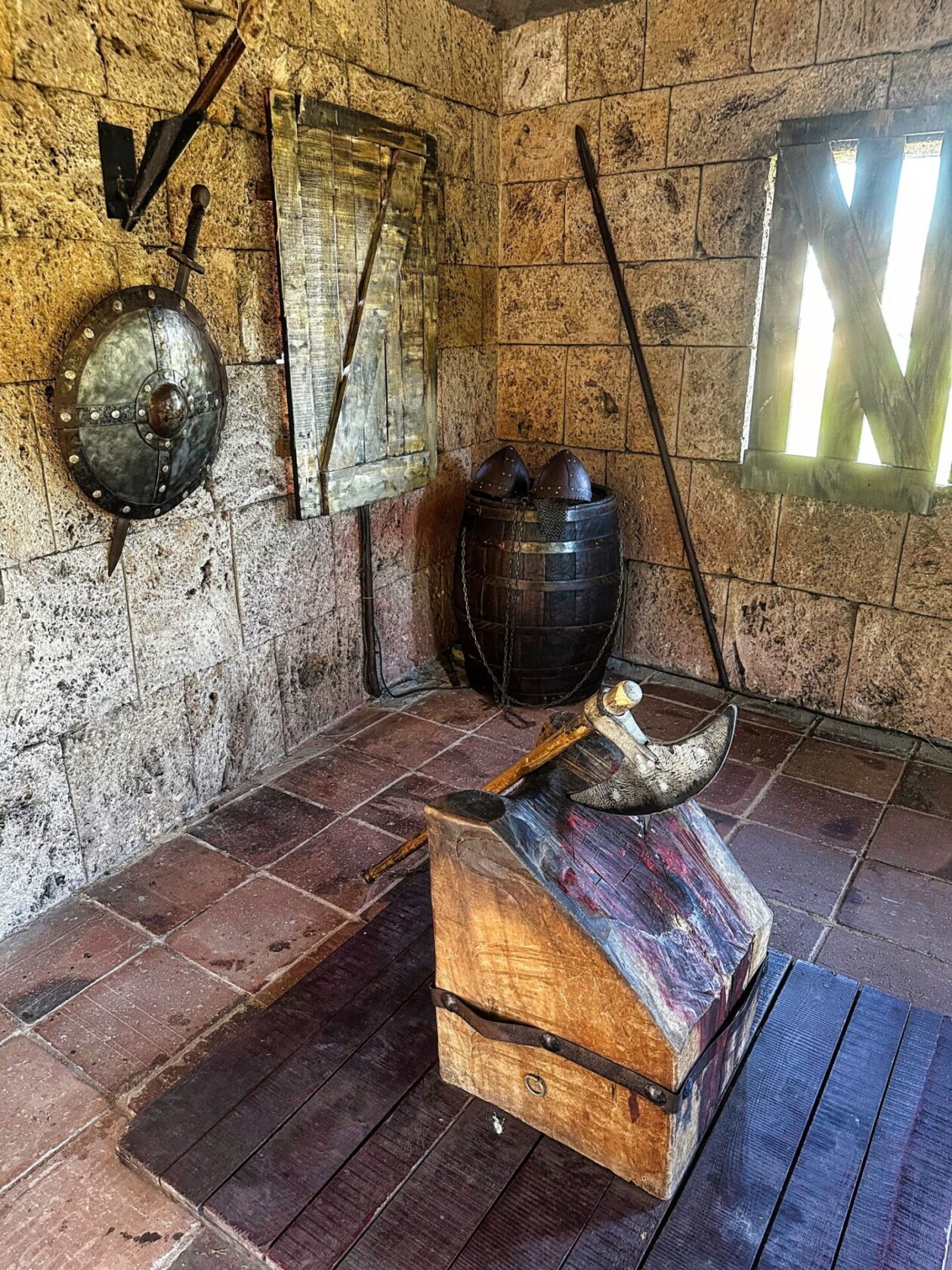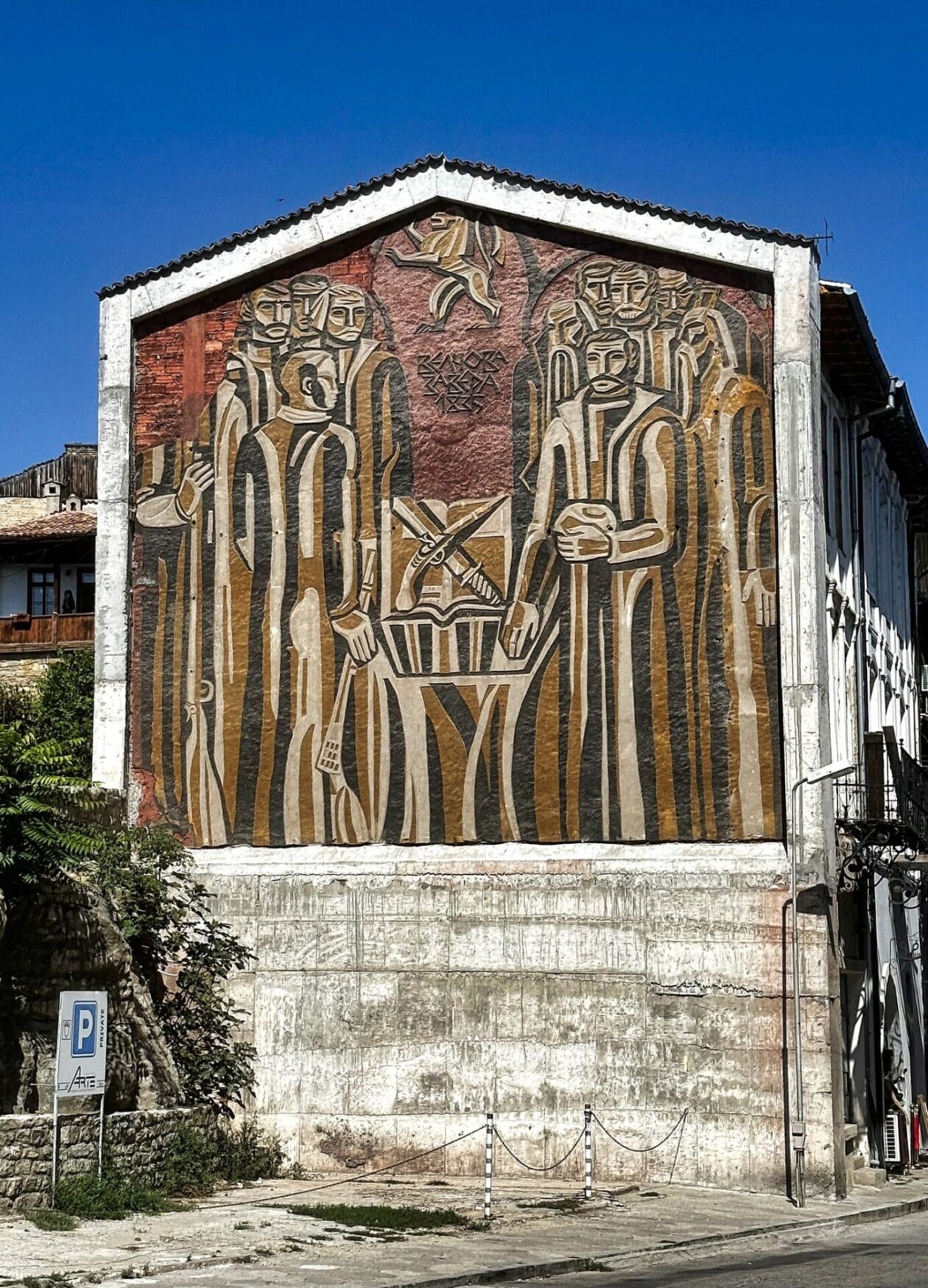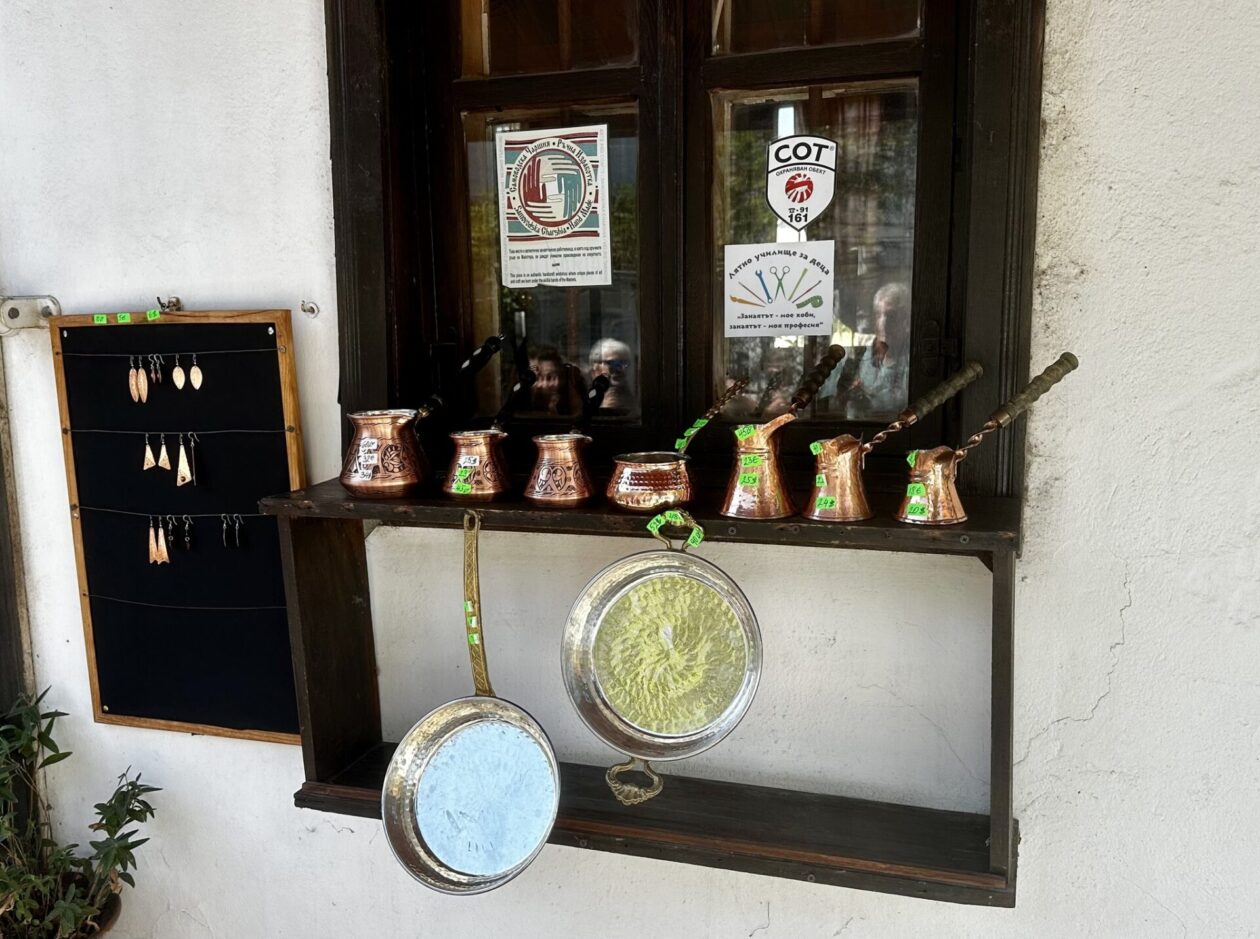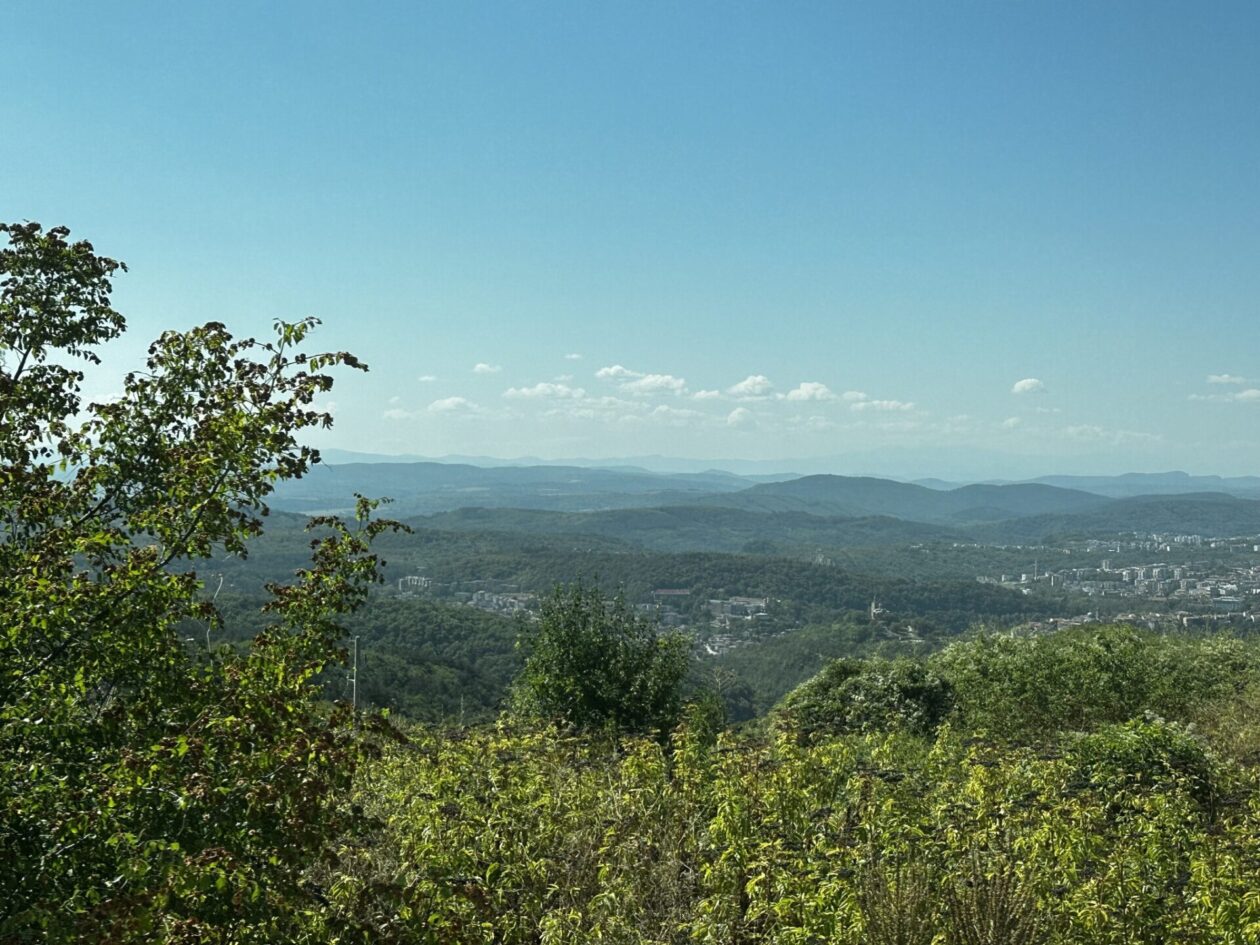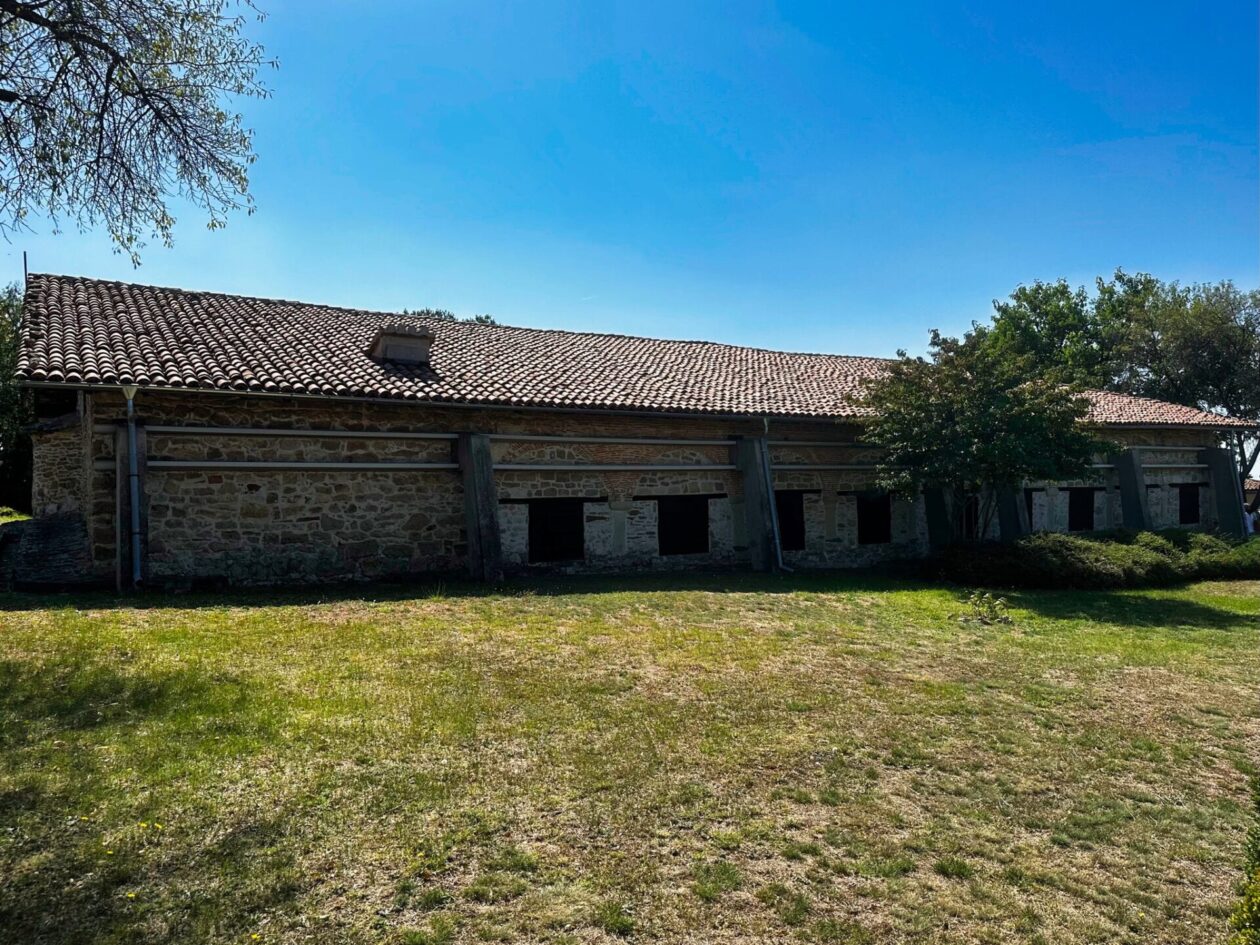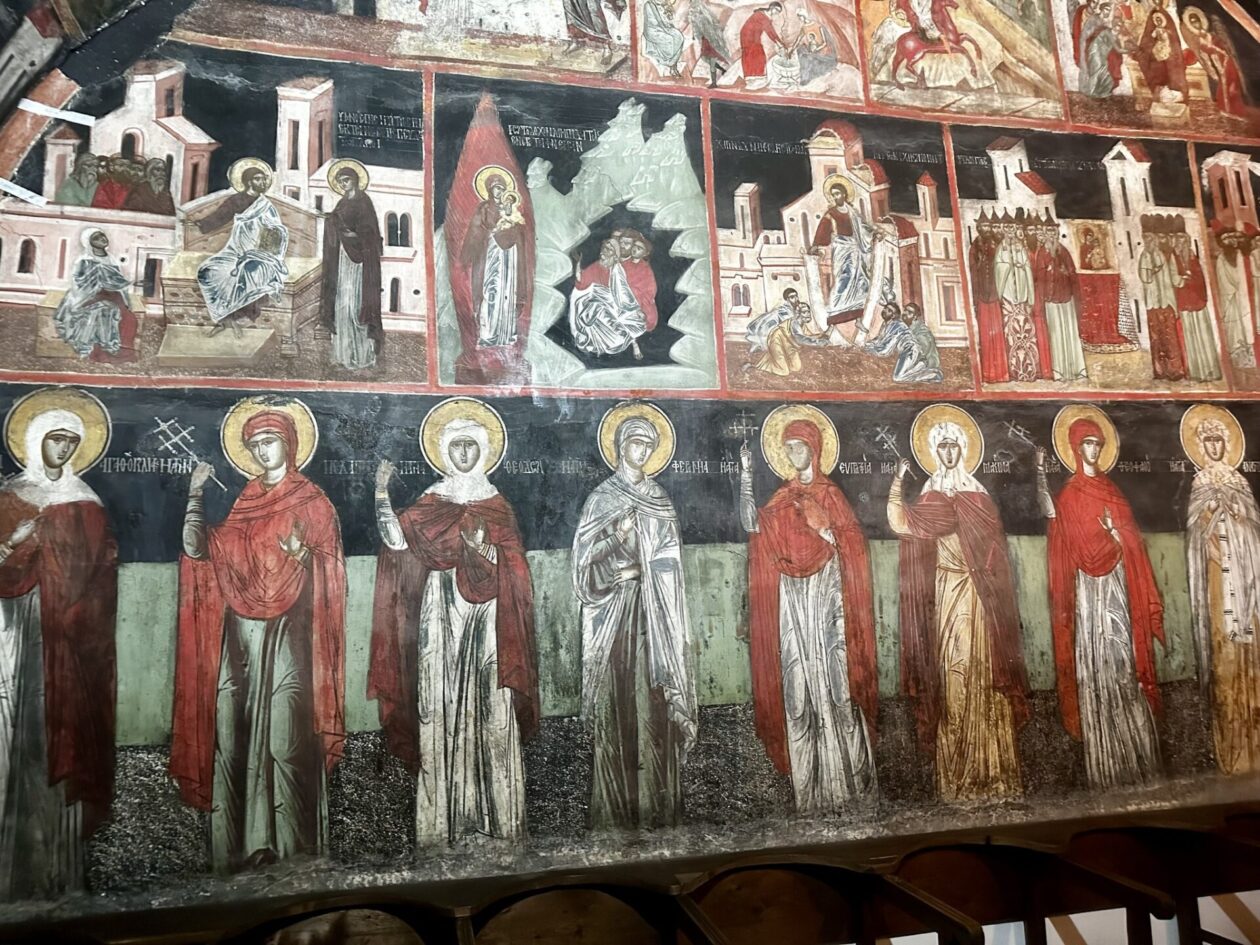This is part of a series called Pan European Sojourn 2023
Show More Posts
- The start of our Pan European Sojourn
- And we’re off — first stop Palma de Mallorca!
- Alicante, Spain
- Sète and Aigues Mortes, France
- St. Tropez and Gassin, France
- Portofino and Camogli, Italy
- Paris and Angers, France
- Bucharest, Romania
- Into the Carpathian Mountains — Peles Castle
- Brasov and Sighisoara, Romania
- Bran Castle and the legend of Dracula!
- Vidin, Bulgaria
- Valiko Tarnavo and Arbanasi, Bulgaria
- Rolling down the (Danube) river and Golubac Fortress, Serbia
- Belgrade, Serbia
- Novi Sad, Serbia and Vukovar, Croatia
- Pécs, Hungary
- Budapest, Vienna, and end of trip
Today, we went into Bulgaria to visit the ancient capital, Veliko Tarnovo, and a small village named Arbanasi know for the frescoes in their Nativity Church. It’s interesting that while Romania and Bulgaria had similar histories (e.g., former Roman territory, challenges in bring together different regions and peoples together, Communist domination, and transition to democracy), they ended up in somewhat different places. The first obvious example was that Bulgaria continues to use Cyrillic for its written alphabet. That is in no small part due to the fact that Cyrillic was actually created by the “Apostle of the Slavs” St. Cyril and St. Methodius in the 900s. Secondly, coming together as a country was easier for Bulgaria in that they had already operated as a country for over 1300 years. Integration just meant adding more groups. As with Romania, Bulgaria was also invaded and ruled for around 4 centuries under the Ottoman Turks. Ultimately they defeated the Turks with the help of Russia. To this day, Bulgaria has some sympathy/loyalty to Russia despite their position as a NATO and EU member against them. As with Romania, the Communist Regime ended in 1989 and initial free elections just elected former Communist leaders under a new brand. After 2001, a more reforms were put in place and ultimately they joined both NATO and the EU.
Our first stop of the day was at Veliko Tarnovo, one of Bulgaria’s ancient capitals that is built on three hills overlooking the Yantra River. There we followed part of the old rampart walls up the Tsarevets Hill. The old palaces of the Bulgarian emperors are no longer there, but the Patriarchal Cathedral remains. Sadly we didn’t have time to go inside. Apparently, there are frescoes with Soviet propaganda inside.
But speaking of frescoes, we traveled a bit further to the small village of Arbanasi, where we saw some amazing frescoes done by two painters in the Nativity Church and another one nearby. Looking at the churches from the outside, they look more or less like barns. That dates back from the Ottoman Empire, when the Turks initially wouldn’t let the locals build churches, and ultimately, they could build them, but no higher or grander than the local mosques. In response, the locals did two brilliant things: (1) the decorated the interiors elaborately with icons and frescoes, and (2) the started digging down some more of the church was actually subterranean. After a little retail therapy, we were on our way!
https://www.flickr.com/photos/58229349@N07/53864147888/in/dateposted-public/
This entry was posted in Bulgaria, Europe, Travel 